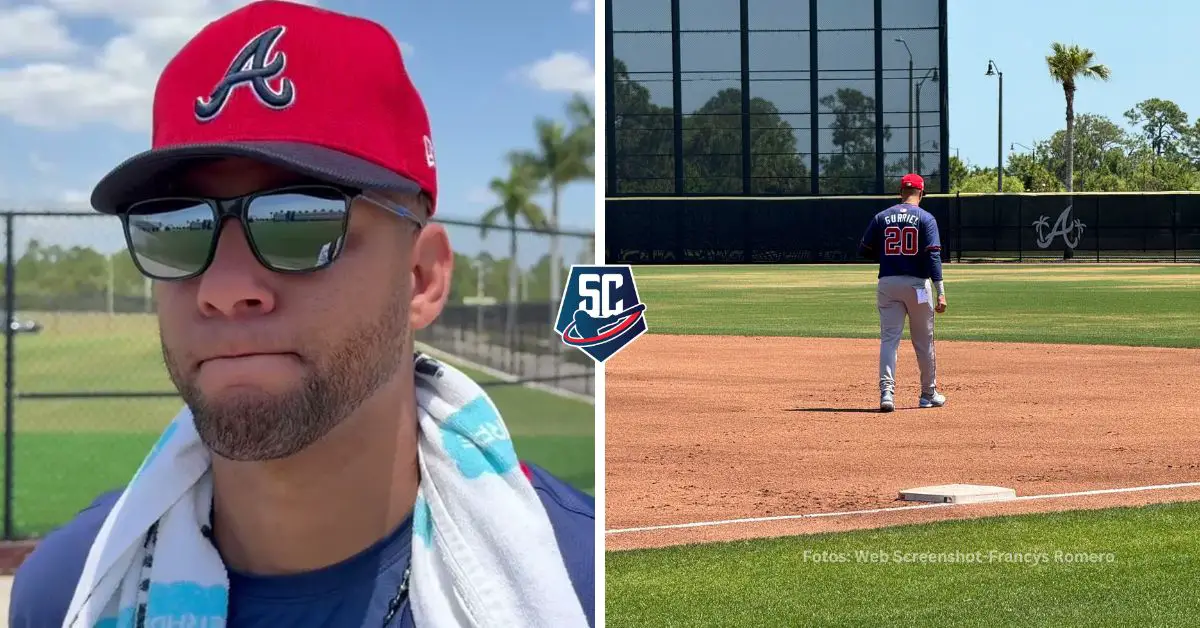I wrote in Science The
Outer space is so massive that its study can be infinite, as well as discoveries that never cease to amaze astronomers, such as a supermassive black hole located in the heart of one of the dwarf satellites of the Milky Way. She is called Leo I.
As posted on Astrophysical Journal, said that the hole caused a significant impact on the astronomers at the MacDonald Observatory at the University of Texas, who are responsible for the study, because the newly discovered black hole is almost the same size as the hole in our galaxy.
According to astronomers, this important discovery could redefine our understanding of how all galaxies, the building blocks of the universe, evolve.
What is a dwarf galaxy?
Astronomers call this type of galaxy very small and dimly lit, sometimes even darker than large, bright stars. They have a more or less spatial distribution and consist of a few million to a few hundred million stars.
What does the study consist of?
Leo I is a dwarf galaxy found in the constellation Leo and discovered optically in the 1990s, due to its proximity to the star Regulus, the brightest in the constellation, making it difficult to see. The dwarf galaxy forms the Local Group and is one of the most distant galaxies of the Milky Way. It is also believed to be the smallest globular dwarf galaxy in the Milky Way’s environment.
A peculiarity of Leo I that caught the attention of scientists is that a galaxy that, unlike the one orbiting the Milky Way, does not contain a lot of dark matter.
The researchers measured Leo I’s dark matter profile, that is, how the density of dark matter changes from the galaxy’s outer edges to its centre.
Using a unique instrument called VIRUS-W on the MacDonald Observatory’s Harlan J. Smith Telescope, which has a height of 2.7 meters, they were able to measure the force of gravity on stars, because the faster the stars move, the more matter trapped in their orbits. .
What did they discover?
The study revealed something surprising, because although Leo I is thirty times smaller than the Milky Way, astronomers noticed that the black hole in its center was huge, with the same mass as the hole at the heart of the Milky Way. .
“You have a very small galaxy falling into the Milky Way, and its black hole is as massive as the Milky Way. The mass ratio is very huge. The Milky Way is dominant; a Leo 1 black hole is roughly comparable,” said Karl Gebhardt, One of the authors of the research paper, the finding is unprecedented.
Quantum leap
According to the scientist, the result of this study is very important because it means a paradigm shift and an opening for the search for new forms of galactic evolution, for nearly 20 years, astronomers have used galaxies like Leo I, to understand how dark they are. Matter is distributed within galaxies.
Scientists agree that the discovery is unprecedented, as a much smaller black hole is expected. Investigations are continuing in this regard, and there is currently no indication that this black hole is endangering the Earth.
Follow Heraldo Binario on Google News, click here.

“Proud web fanatic. Subtly charming twitter geek. Reader. Internet trailblazer. Music buff.”




:quality(85)/cloudfront-us-east-1.images.arcpublishing.com/infobae/3RZB6AQC4RM2JOONSJJF2CYUGQ.jpg)
:max_bytes(150000):strip_icc()/CatherineZetaJoneshijavestidosuyo1999-d12480c05c984b57bea0187832817516.jpg)

More Stories
How can you record your video calls on WhatsApp? This is how it's done on Android – Teach Me About Science
Retro Nintendo games are coming to iPhone: how to install them
How to find out a person's location just by searching for his cell phone number